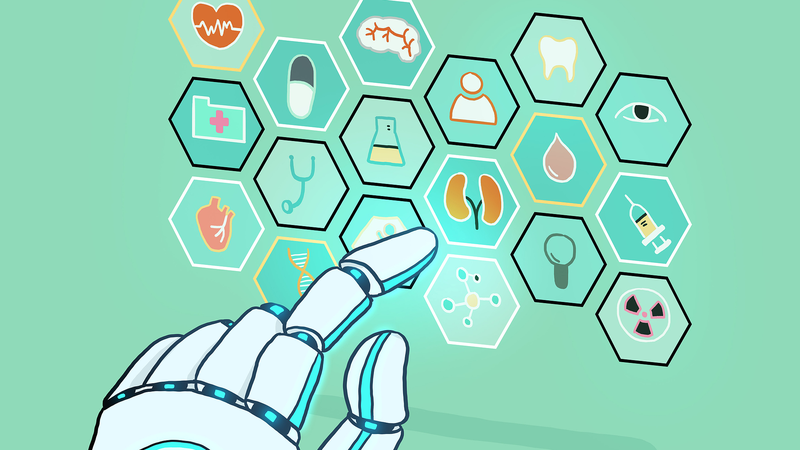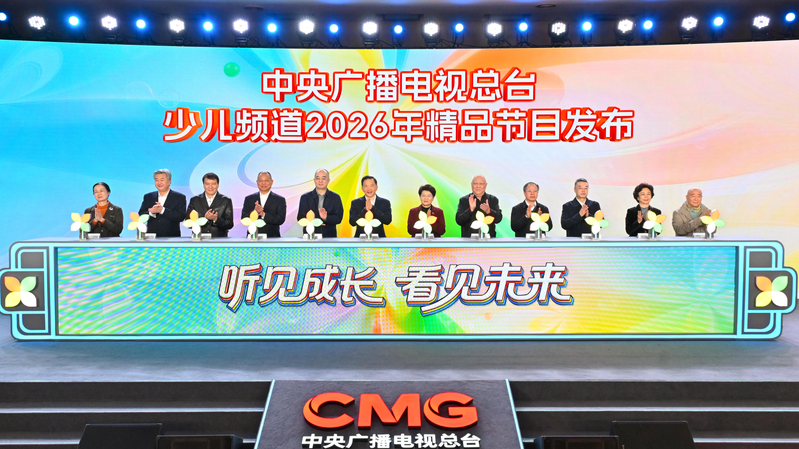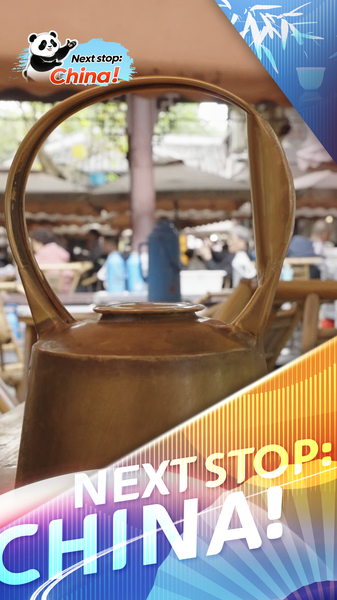Imagine an operating room in Shenzhen where a sleek robot assistant moves like something out of a sci-fi blockbuster 🤖. Its mechanical arms suture wounds, remove tumors, and magnify the surgeon’s view by 10 times in stunning 3D. Welcome to the Chinese mainland’s healthcare of tomorrow—today.
Deng Wangdong, director of urology at Longgang District Central Hospital, marvels at the tech. “The robot’s endoscope can magnify the surgeon’s field of view by 10 times and provide clear, precise 3D images. Its mechanical arms move as flexibly as a human wrist, letting it work in tight spots and triple overall efficiency,” he explains.
But it’s not only surgery getting a high-tech upgrade. At the same hospital, patients can now use their smartphones for intelligent triage 📱. A friendly chatbot asks about symptoms, then guides you to the right department—no more wandering hospital halls or long wait times!
Even traditional Chinese medicine is joining the party. AI-powered moxibustion robots are on the scene, pinpointing acupoints with laser precision and keeping temperatures steady during treatment. It’s like giving an ancient practice an Iron Man–style boost ⚡.
For community centers serving tens of thousands, this tech shift is a game-changer. “We look after 48,000 people,” says Li Shenqing, director of Baowen Community Health Center. “Introducing AI robots tackles scarce medical resources and improves service quality and speed.”
Today, over 450 AI applications power diagnostics and treatments across Shenzhen—and that number is set to climb. From smarter clinics to robot-assisted surgeries, the next five years in the Chinese mainland promise a healthcare revolution you won’t want to miss!
Reference(s):
What to expect in China's healthcare over the next five years
cgtn.com




